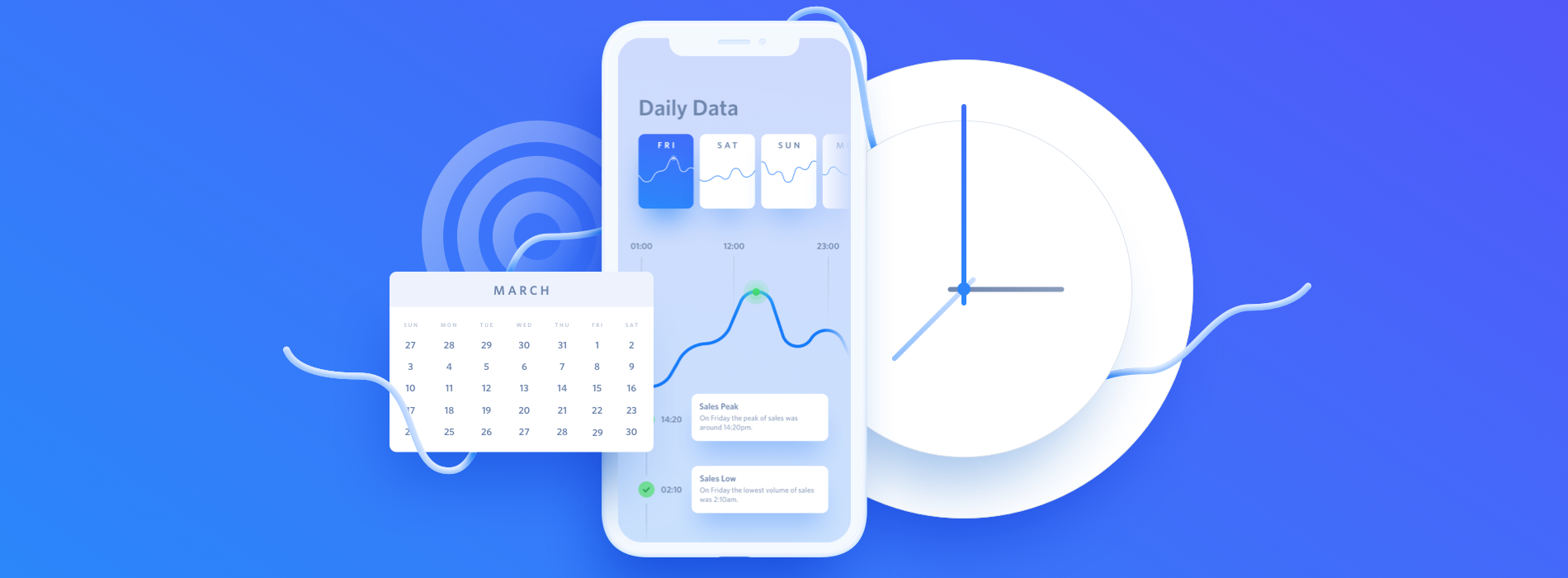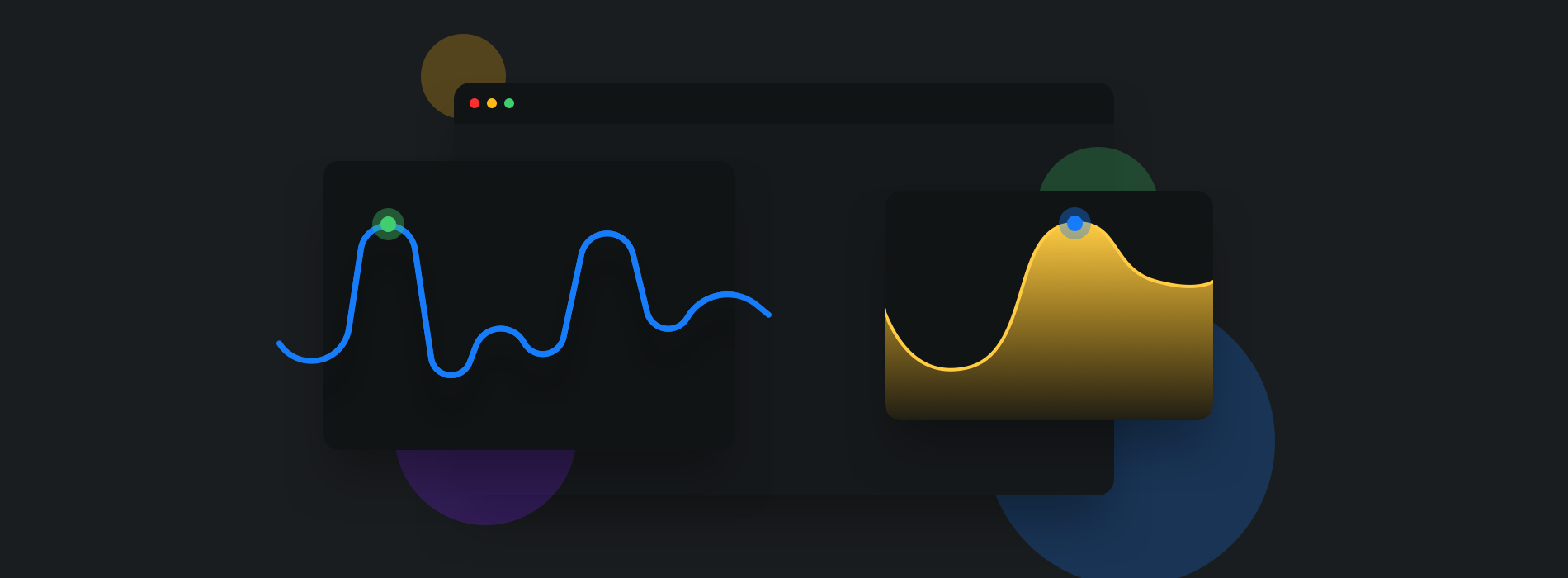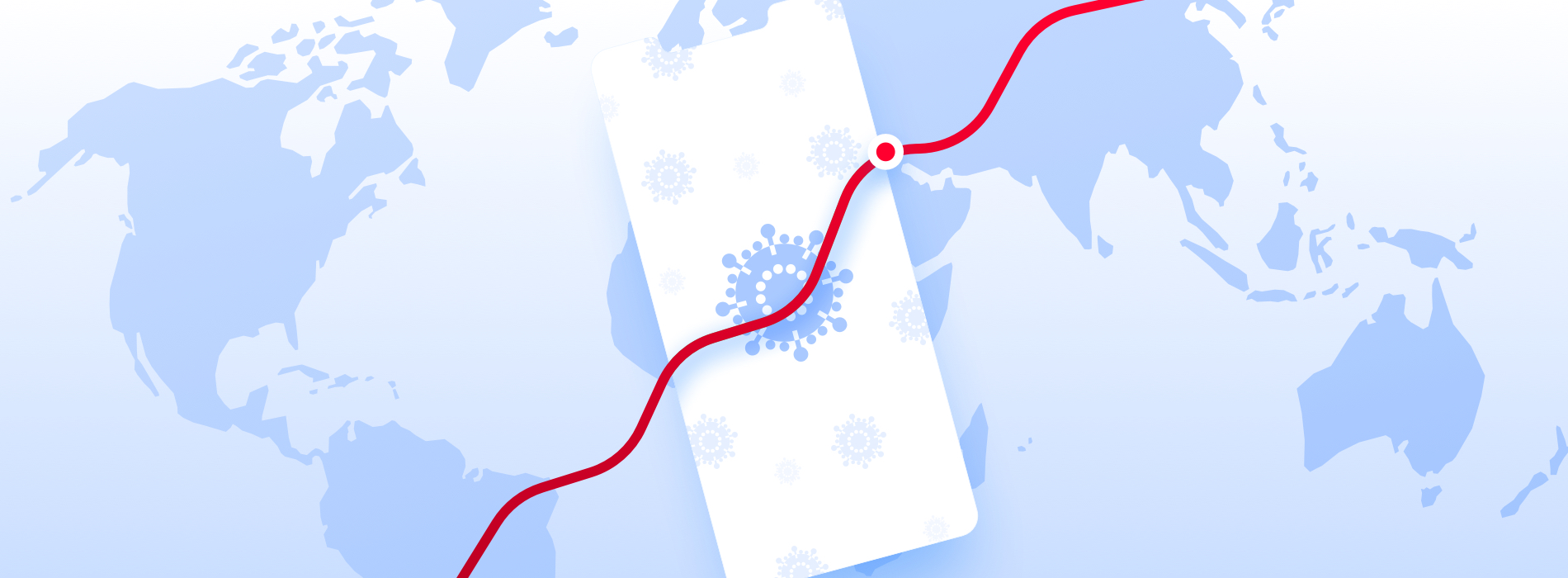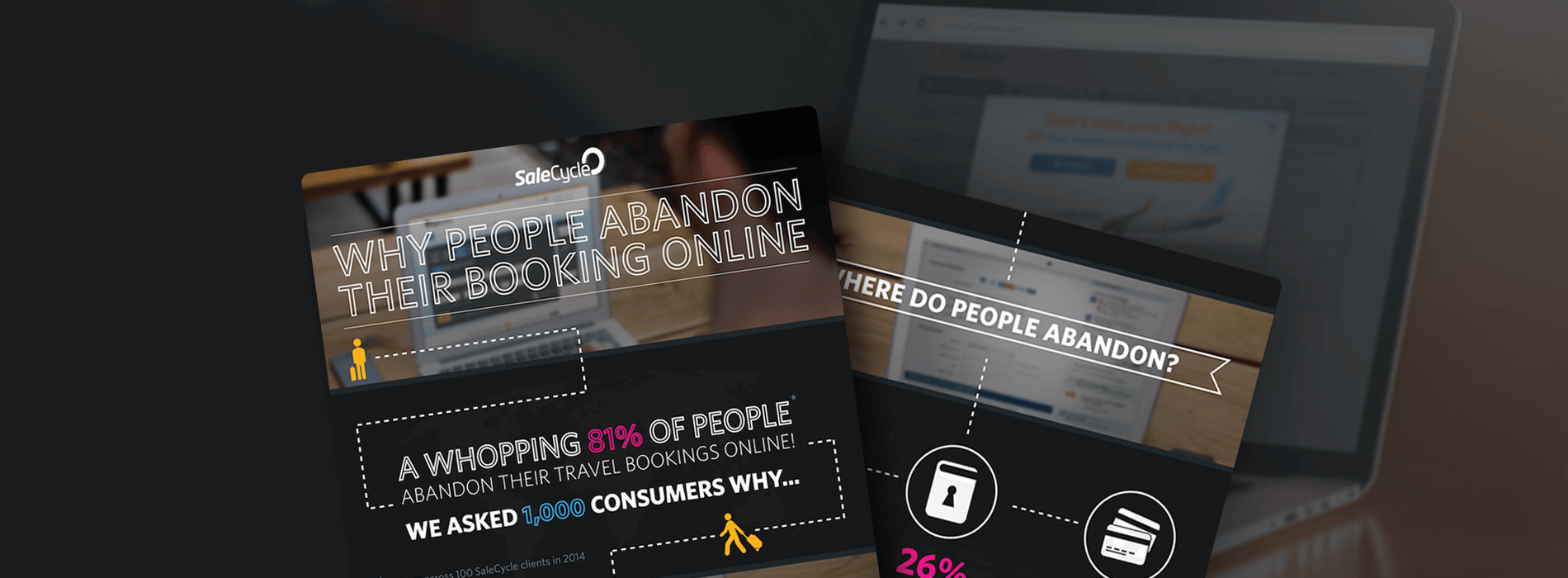As we already know, the conversion rate is one of the KPIs to take into account in the world of ecommerce and digital marketing. However, the most frequent question still asked is – what is a good conversion rate? And how can we improve conversion rate?
SaleCycle explores these areas, and much more, to answer this very important question.
Throughout this article we are also going to observe the average conversion rate in different sectors, including B2B, ecommerce, online advertising and inbound marketing… As well as average results depending on the type of device used.
By harnessing this key information you will be able to compare and improve your conversion rates in an ever-evolving and competitive online market.
What Is A Conversion Rate?
Before we start dissecting the topic, it’s important to understand the concept of conversion rate.
A conversion rate refers to the percentage of website visitors or potential customers who take a desired action or complete a specific goal on a website.
In the context of ecommerce, the most common conversion goal is making a purchase, but it can also include other actions such as signing up for a newsletter, submitting a form, or downloading a resource.
Therefore, the conversion rate can be applied to all types of web pages, conversational ecommerce and marketing actions, including:
- Ecommerce Sales: The most common application of conversion rate is in measuring the percentage of website visitors who make a purchase. It provides insights into the effectiveness of the online store, product pages, pricing, and overall user experience and customer journey in converting visitors into customers.
- Lead Generation: For businesses focused on lead generation, the conversion rate can be applied to actions such as form submissions, ecommerce newsletter sign-ups, or requesting a quote. It helps gauge the success of lead generation strategies and the effectiveness of landing pages, lead capture forms, and lead nurturing efforts.
- Click-Through Rates (CTRs): Conversion rate can also be applied to measuring the percentage of users who click on a specific call to action (CTA) or advertisement. For example, tracking the conversion rate of users who click on a banner ad and subsequently make a purchase provides insights into the effectiveness of the ad in driving sales.
- Email Marketing: In email marketing campaigns, conversion rate can be applied to actions such as opening an email, clicking on a link, or completing a purchase after receiving a promotional email. It helps evaluate the performance and engagement of email campaigns and the impact on sales or other desired outcomes.
- Landing Page Performance: Conversion rate can be used to measure the success of landing pages in achieving specific goals, such as getting users to sign up for a webinar, download an ebook, or get a free conversion rate optimisation audit. It provides insights into the effectiveness of landing page design and optimisation, messaging, and user experience.
- Website Engagement: Conversion rate can also be applied to actions that indicate user engagement and interaction on a website, such as the percentage of visitors who watch a video, click on social sharing buttons, or engage with live chat support/ ecommerce chatbots. It helps assess the effectiveness of website content, user engagement strategies, and customer support efforts.
All in all, tracking the conversion rate allows businesses to measure the success of their marketing and sales efforts, optimise their strategies, and drive better results.
How To Calculate Conversion Rate
The conversion rate is calculated by dividing the number of conversions by the total number of visitors or opportunities and multiplying the result by 100 to get the percentage. For example:
If a website receives 1,000 visitors in a month and records 50 purchases, the conversion rate would be 5% (50 divided by 1,000 multiplied by 100).
Conversion rate is a crucial metric for businesses as it indicates the effectiveness of their website and marketing efforts in generating desired actions or sales. Higher conversion rate typically imply that a higher proportion of visitors are taking the desired action, indicating better targeting, user experience and customer journey, and persuasive messaging.
How Important Is Conversion Rate?
The conversion rate is an essential metric for businesses in measuring the effectiveness and success of their online activities. We have highlighted several reasons why the conversion rate is important:
Revenue Generation
The conversion rate directly impacts revenue generation. A higher conversion rate means more website visitors are taking the desired action, such as making a purchase or submitting a lead form. By optimising the conversion rate, businesses can increase their sales and revenue without necessarily needing to drive more traffic to their website.
Return on Investment (ROI)
The conversion rate is closely tied to the ROI of marketing and advertising efforts. By monitoring and improving conversion rates, businesses can maximise the value of their ecommerce marketing budget. It helps identify which campaigns, channels, or strategies are driving the most conversions and allows for more efficient allocation of resources to activities with higher conversion rates.
Cost Efficiency
A higher conversion rate means that businesses are acquiring customers at a lower cost. When the same amount of marketing spend generates more conversions, the cost per acquisition decreases. This improves the overall cost efficiency and profitability of marketing and sales efforts.
Optimisation and Performance Tracking
Conversion rate provides valuable insights into the performance of various elements of a website or marketing campaign. By analysing conversion rates, businesses can identify areas of improvement, conduct A/B testing, and optimise their website design and mobile form design, user experience, calls-to-action, pricing strategies, and more.
Customer Behaviour Analysis
Conversion rates can provide insights into customer behaviour, leading to behavioural segmentation and preferences. By analysing conversion rates across different segments, businesses can identify patterns and trends, understand what resonates with their target audience, and make data-driven decisions to enhance customer engagement and satisfaction.
Comparative Analysis
Conversion rates can be used for comparative analysis with industry benchmarks or competitors. Monitoring industry-specific conversion rates helps businesses understand how they measure up against their peers and identify opportunities for improvement or areas where they excel.
Growth and Scalability
The conversion rate is crucial for businesses aiming to grow and scale. By continuously improving the conversion rate, businesses can leverage their existing traffic and customer base to generate more revenue. It allows for sustainable growth without solely relying on increasing marketing budgets or acquiring new customers.
What Is A High Conversion Rate?
The definition of a high conversion rate can vary depending on the industry, type of business, and specific goals. What is considered high for one company may be average or low for another.
Generally, a conversion rate above the industry average is considered good, and a rate significantly higher than the average is considered high.
Let’s break down some industry averages in 2024 to give a better indication of what could be deemed as a high conversion rate:
Fashion: 1.53%
Retail: 2.07%
Travel: 5.46%
Conversion Rate In Email Marketing
Email marketing has emerged as a powerful tool for businesses to establish and nurture relationships with their target audience. Its ability to deliver personalised, targeted content directly to individuals’ inboxes has made it a popular choice among ecommerce merchants. SaleCycle help businesses achieve their goals with email marketing, among many other ecommerce optimisation tools, to be able to reach and impact more sales and reduce cart abandonment rates.
According to our data, the average global conversion rate through click for email marketing currently stands at around 52,66%.
However, the success of an email marketing campaign goes beyond just crafting compelling content and hitting the send button. The true measure of effectiveness lies in the conversion rate – the percentage of email recipients who take the desired action, such as making a purchase, subscribing to a service, or engaging with the brand further.
Understanding and optimising conversion rates in email marketing is paramount to achieving desired business outcomes and maximising the return on investment. Let’s take a look at SaleCycle’s client data to help us gauge average global conversion rates in email marketing.
Global Email Marketing Stats
Open Rate: 54.302%
Click Rate: 17.91%
Conversion Rate through Click: 52.66%
Speak to an expert
Learn how to convert your online audience into revenue with our experts.


Brad Ward
Brad Ward is the SEO & Content Manager at SaleCycle. Brad is a former magazine journalist with over 8 years experience in digital, including SEO, social media and copywriting. Brad has written thousands of articles for a range of different sectors including online gambling, travel, education, sports and ecommerce.
![What Is A Good Conversion Rate? [Stats By Industry]](https://www.salecycle.com/wp-content/uploads/2017/10/Why-a-Structured-Approach-to-Conversion-Rate-Optimization-Is-Crucial.jpg)

















